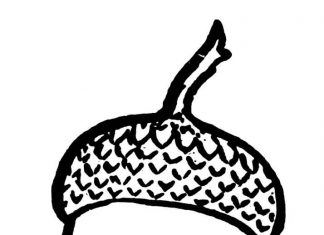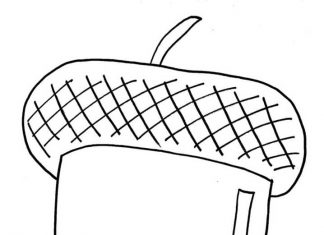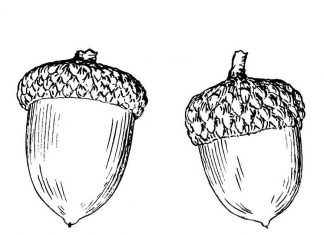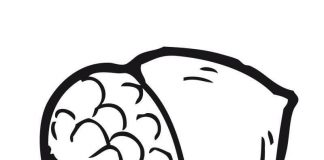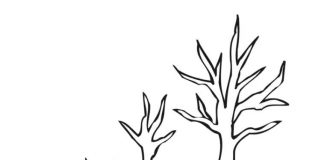Acorns are the large seeds of plants in the beech family (Fagaceae). They are characteristic of trees and shrubs belonging to the oak (Quercus) and beech (Fagus) genera. Acorns are spore forms that develop from fertilized female plant cells. After germinating, they grow into young trees called oak trees or beech trees.
Acorns are an important food source for many animals, including wild boar, squirrels, birds and other forest species. Many mammals store acorns as a winter supply. Plants that produce acorns play an important role in forest ecosystems and influence forest regeneration processes.




